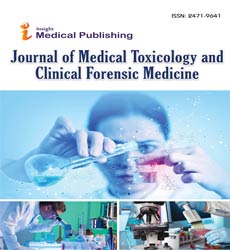Abstract
Amniotic Fluid Embolism: An Update of the Evidence
This article reviews the current evidence on amniotic fluid embolism (AFE), focusing on epidemiology, pathogenesis, clinical presentation, diagnosis and treatment. AFE is a rare and life-threatening obstetric condition, occurring in 2 to 8 per 100 000 births. With a mortality of 0.5 to 1.7 deaths per 100,000 deliveries in the developed world and 1.9 to 5.9 deaths per 100,000 deliveries in the developing world, it is among the leading direct causes of maternal death. Furthermore, persistent neurological impairment has been reported in 6-61% of survivors. Even though there is no shared pathogenetic theory for AFE, the transfer of amniotic fluid components in the maternal circulation may lead either to an inflammatory-mediated anaphylactoid response or to complement activation. There is great variability in the presentation of AFE from classical cardiopulmonary collapse with coagulopathy to minor and subclinical presentations. In severe cases, AFE should be distinguished from other acute and life-threatening emergencies, such as pulmonary embolism, myocardial infarction and peripartal cardiomyopathy. Thus, the diagnosis is one of exclusion, very often on post-mortem report. In fact, several diagnostic biomarkers have been proposed, but they have not been established in routine clinical diagnosis. Prompt recognition of the symptoms and immediate interdisciplinary management are pivotal for prognosis. The traditional treatment is supportive and aimed at treating cardiovascular, pulmonary, and coagulation derangements. Recently, novel treatment strategies have been proposed in the field of invasive hemodynamic support and C1 esterase inhibitors represent a potential therapeutic option. However, due to the lack of specific diagnostic tests, the difficulty of establishing the diagnosis and excluding competing diagnoses, and the complex treatment required, AFE still remains a major clinical challenge.
Author(s):
Isabella Piva, Scutiero G and Greco P
Abstract | Full-Text | PDF
Share this

Google scholar citation report
Citations : 177
Abstracted/Indexed in
- Google Scholar
- SafetyLit
- China National Knowledge Infrastructure (CNKI)
- Directory of Research Journal Indexing (DRJI)
- WorldCat
- Publons
Open Access Journals
- Aquaculture & Veterinary Science
- Chemistry & Chemical Sciences
- Clinical Sciences
- Engineering
- General Science
- Genetics & Molecular Biology
- Health Care & Nursing
- Immunology & Microbiology
- Materials Science
- Mathematics & Physics
- Medical Sciences
- Neurology & Psychiatry
- Oncology & Cancer Science
- Pharmaceutical Sciences

